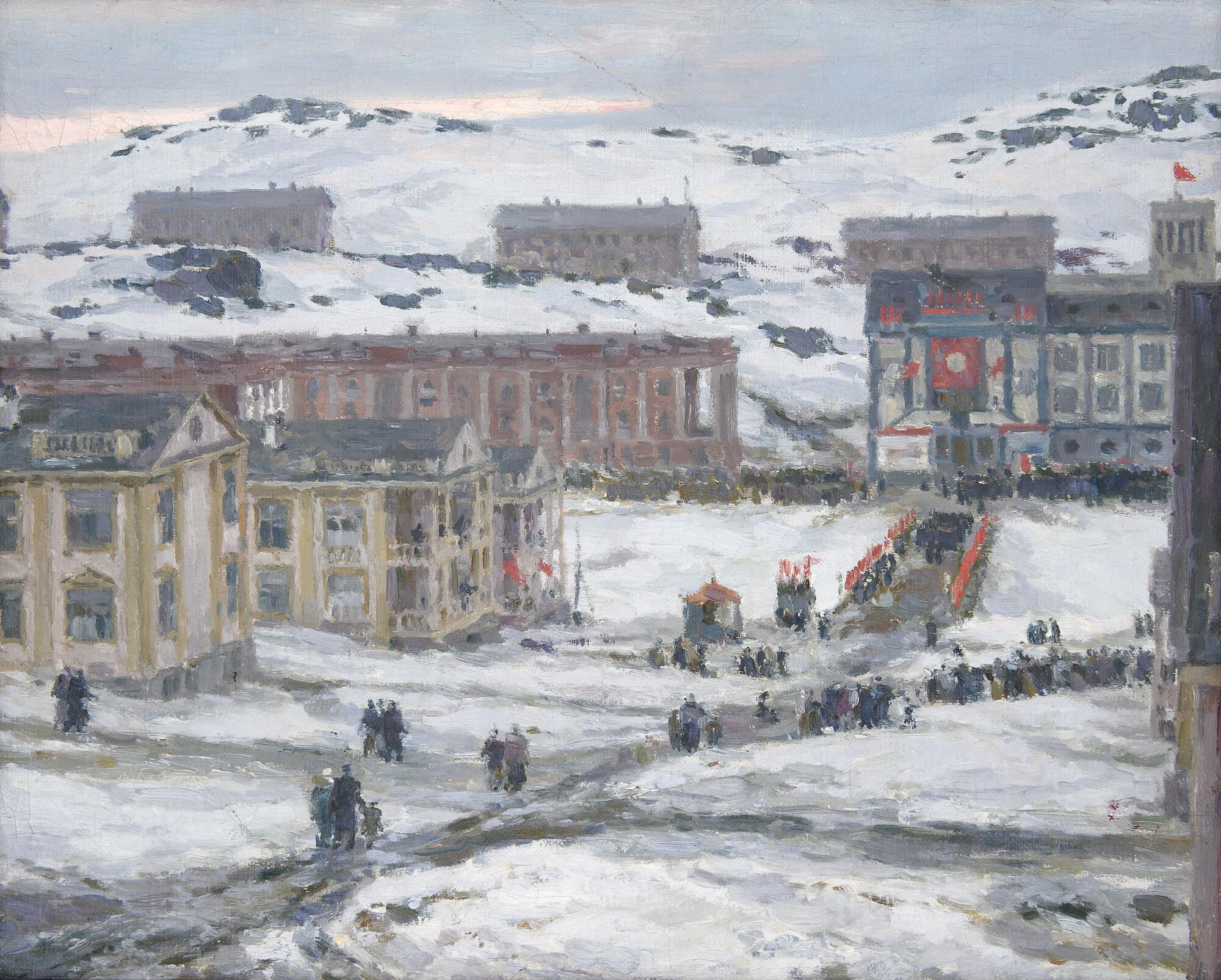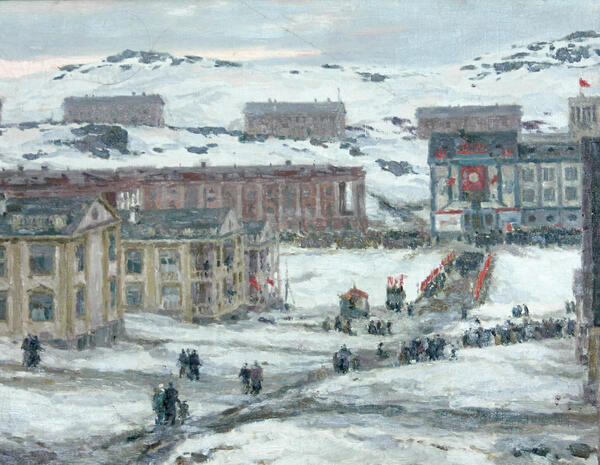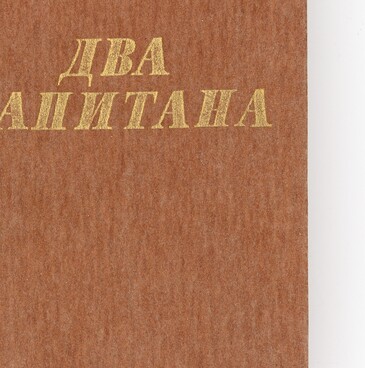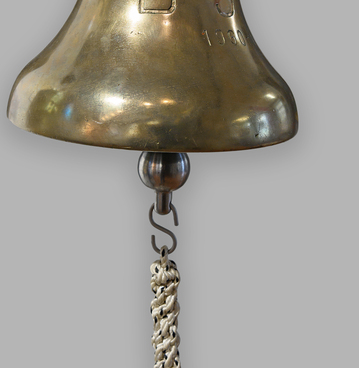The art collection of the Polyarny Museum of History and Local Lore presents a painting by Pyotr Tarasovich Maltsev “The Town of Polyarny after the War”, the artist made in 1946.
Pyotr Maltsev was born on December 8 (November 25), 1907. He showed a penchant for drawing very early in his life but there were no educational facilities in his hometown where he could study painting. The artist’s formative years coincided with an exceptionally eventful but at the same time insanely difficult time. The Civil War reached its quieter phase but the famine of 1921–1922 began. Armed groups were still roaming in the Azov region. Roads connecting Mariupol and Alexandrovsk (currently Zaporozhye) were unsafe. And yet it was decided to take the risk as an art school had just opened in Alexandrovsk. Maltsev studied there for three years, and upon graduating, he was sent to Moscow to study at Vkhutemas (Higher Art and Technical Studios) as the most talented student. The fame of this educational establishment roared throughout the country. In 1930, the young artist received a diploma from the Monumental Department of the Art Faculty of the Vkhutein (in 1927 Vkhutemas was renamed Vkhutein).
With the outbreak of war, on June 22, 1941, Maltsev became a soldier. In his autobiography about his service in the Northern Fleet, the artist wrote only a few lines: “During the Great Patriotic War, I was enlisted as a sailor and worked as a military artist at the Main Political Directorate of the Navy in the rank of major of the administrative service. During the war I made dozens of posters, leaflets, lubok prints. I went to the Northern Fleet twice, visited marines, ships, pilots, made sketches, posters, leaflets.” Also in an interview in the newspaper “Glory of Sevastopol” dated April 18, 1969, Pyotr Maltsev recalls: “My activity as a military artist began during the Second World War. At that time, as part of the propaganda team, which included the poet and songwriter Lebedev-Kumach and the composer Listov, I was often sent to military bases and ships of the Northern Fleet. Together, we issued battle leaflets and posters calling for mercilessly smashing the enemy.”
The painting was discovered by the Murmansk historian Dmitry Zhalnin at an online auction called “Stalingrad after the war”. In 2015, the painting was donated to the museum by Deputy of the Murmansk Regional Duma Alexey Lyashchenko.



